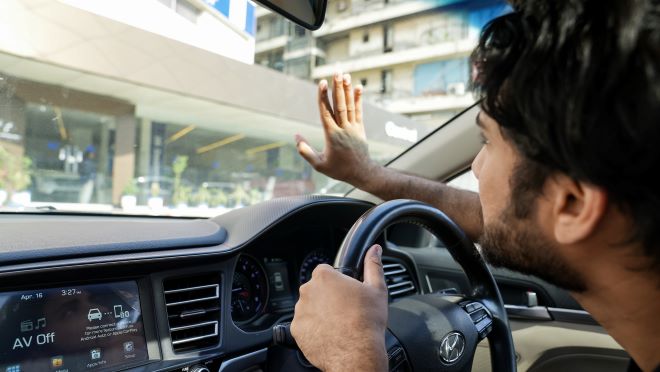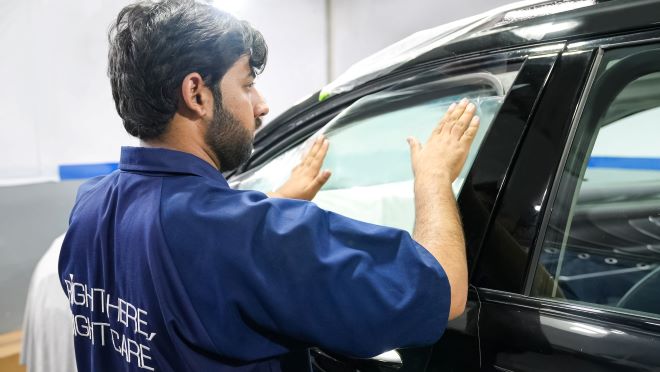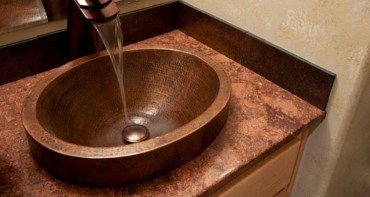
The initiative aims to alleviate economic and environmental strains on motorists in Pakistan, where tinted window films are strictly prohibited for security reasons yet summer highs routinely top 50 degrees Celsius. (Image courtesy of Hyundai Motor Company)
SEOUL, Apr. 22 (Korea Bizwire) –Hyundai Motor Company is offering Pakistani drivers some relief from the region’s scorching summer temperatures through an innovative nanotechnology that drastically reduces interior vehicle heat without tinted windows.
The South Korean automaker launched a campaign called “Made Cooler by Hyundai” this month to install its proprietary “nano cooling film” on over 70 car windows in Lahore free of charge.
After accepting applications starting in March, Hyundai service centers in Pakistan’s second-largest city began applying the transparent film designed to lower cabin temperatures by over 10 degrees Celsius through an advanced radiative cooling mechanism.
The initiative aims to alleviate economic and environmental strains on motorists in Pakistan, where tinted window films are strictly prohibited for security reasons yet summer highs routinely top 50 degrees Celsius. To save fuel costs, many drivers opt to open windows rather than run air conditioning.
“This cooling film provides respite from unbearable heat while remaining compliant with local regulations that ban tinting,” said a Hyundai spokesperson of the proprietary nanotech only the company has mastered so far. “It improves comfort for drivers while also reducing emissions from excessive air conditioning.”
Unlike conventional tinted films that partially reflect sunlight, Hyundai’s radiative cooling nano film allows a vehicle’s interior infrared radiation to escape through the windows, drastically lowering temperatures inside.
One participant who averages over 100 kilometers of driving daily told Hyundai the film provided noticeable cooling relief after installation, adding they “could not pass up” purchasing the company’s next vehicle model featuring the advanced technology.

The initiative aims to alleviate economic and environmental strains on motorists in Pakistan, where tinted window films are strictly prohibited for security reasons yet summer highs routinely top 50 degrees Celsius. (Image courtesy of Hyundai Motor Company)
Currently, the nano cooling film remains in final pre-production testing. Hyundai said it will collect real-world data in Pakistan to ensure quality standards before the cutting-edge nanotechnology makes its commercial debut as an option for future car models.
Describing the transparent film as a “groundbreaking” innovation, the company touted its potential to boost driver comfort while reducing environmental impacts — a win-win for motorists combating extreme heat without violating local laws restricting tinted windows.
“This initiative encapsulates our vision of leveraging frontier mobility solutions to address pressing societal needs with technologies that put people first,” the Hyundai spokesperson said of the Pakistan cooling film campaign tied to the company’s brand pillars of progress and sustainability.
Kevin Lee (kevinlee@koreabizwire.com)







Irresistible! Thank you a lot for this type and precise carrier.your offerings is higher than higher.